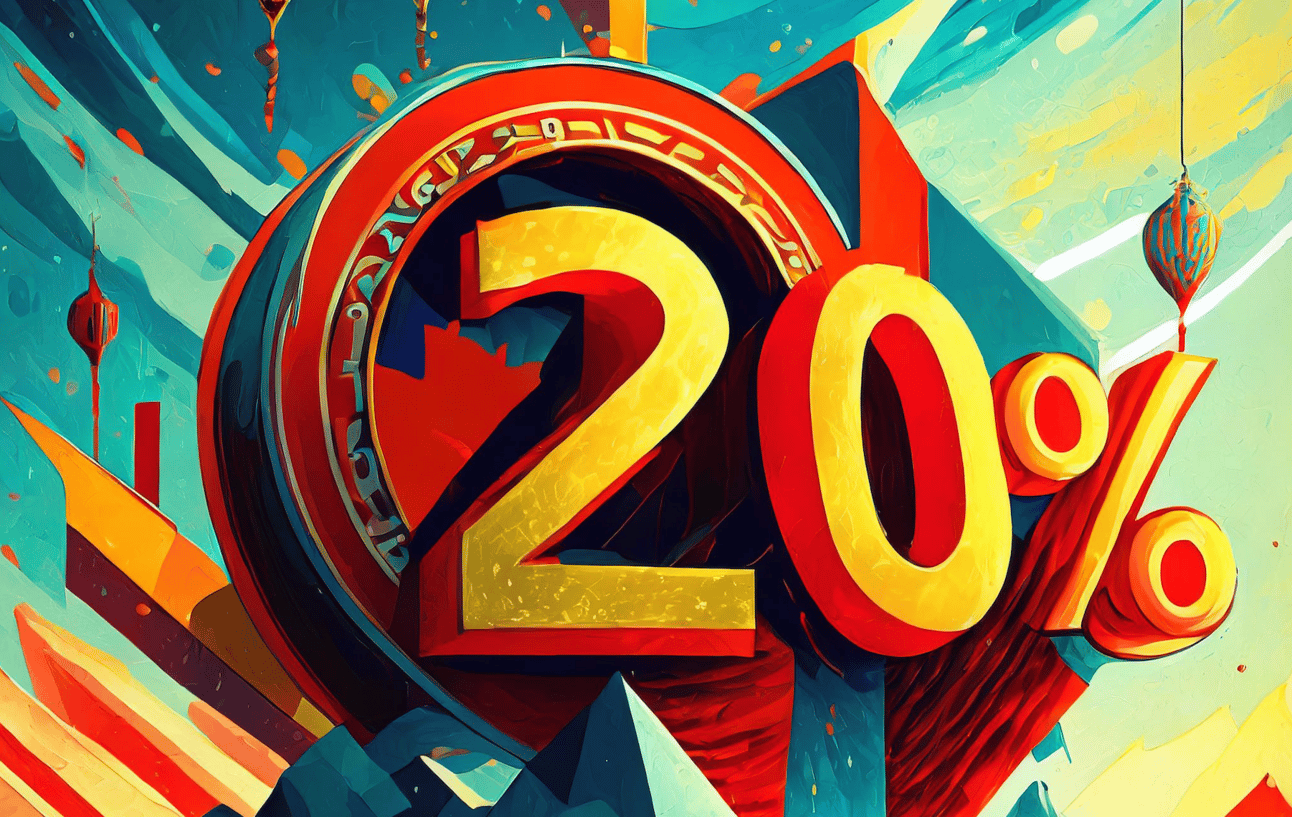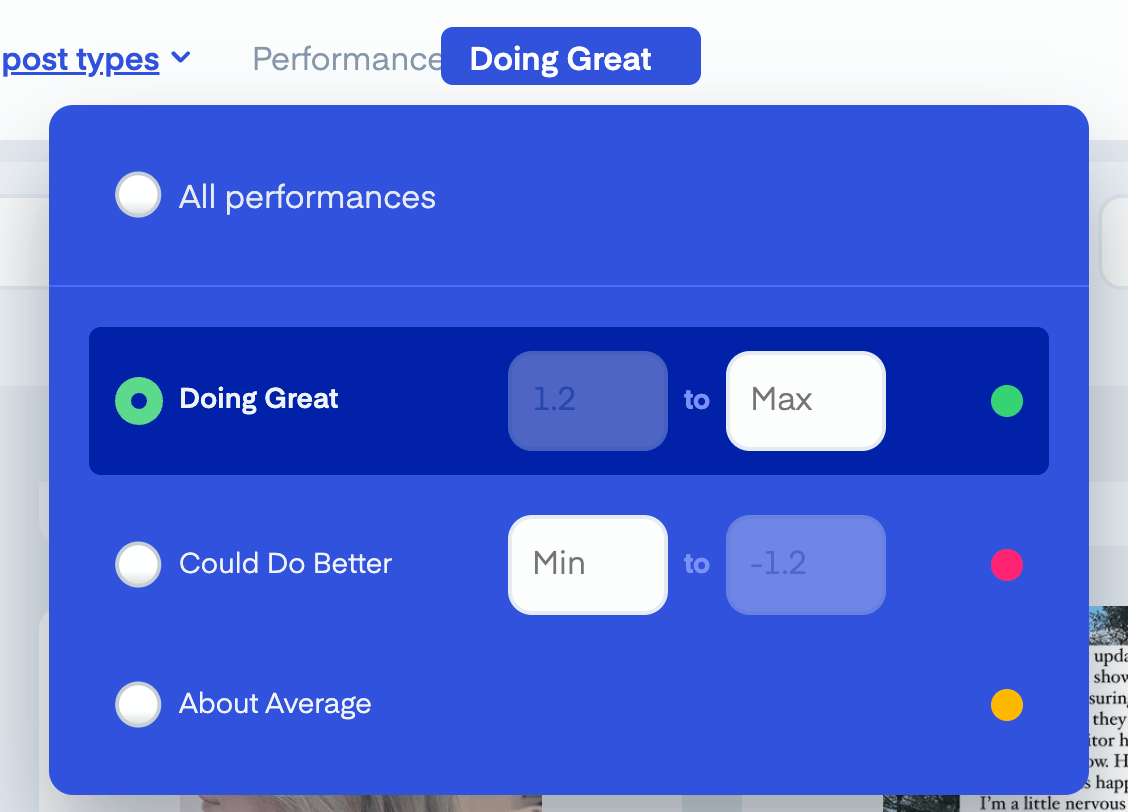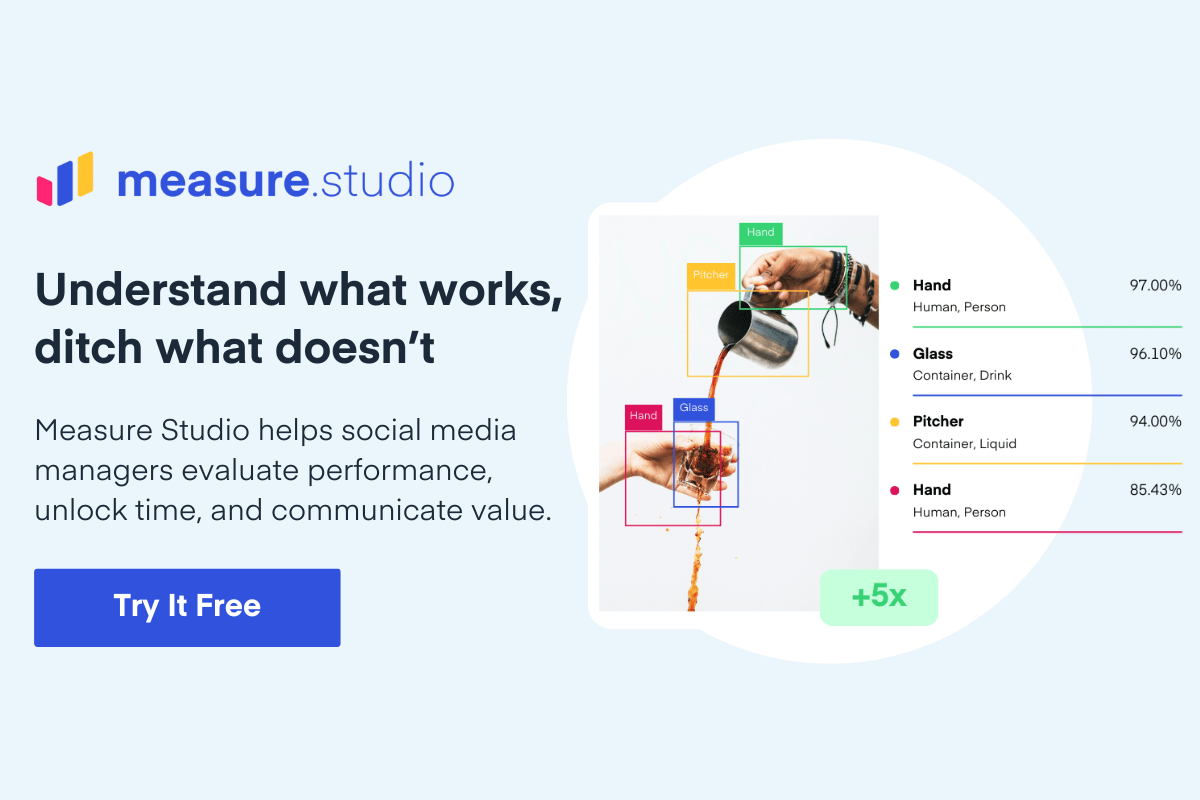Is it… is it Spring?! I’ve said I’ve wanted this for months… but I also think I look better in winter clothes… can someone style me, please? I can only wear so many henleys. I’ve always wanted someone well-dressed to shop the Riverside out of me.
My closet aside, we’ve got social things to discuss:
Why social content that’s 20% over median is magic
TikTok’s new Instagram competitor… for photos?
3 essays on social + creator strategy
The Plus 20% Content Strategy

“How can I make better social content?”
It’s easily the most common question I get. Also the hardest to answer without context.
So much of brand social is understanding the products you’re pushing, the emotional value they bring to customers, and translating those feelings into educational or entertaining visual content. Sure, there are exercises and toolkits that’ll help you unlock each step, but at the end of the day, it’s creativity that does the heavy lifting.
That’s why we’re gonna chat about how you can improve your social media marketing skills through slow growth, casual analytics, and doubling down on what’s worked for you.
I’m a James Clear junkie. His perennial best seller Atomic Habits clearly showed why I’ve struggled to build great habits (and maintained my worst). A big pillar of his writing: “if you get 1% better every day, you’ll end up 37 times better by the time you’re done.”
That’s how I want you thinking about your social media job.
When you compose your next monthly social media report, I want you to note those averages closely. That’s your new baseline—the benchmark that you hope to improve upon every single month. As long as you’re showing even a smidge of increase in those categories, you’re getting better at your job.
So we’ve got the goal set—but how do you analyze last month’s content to know what to make next?
The 20% rule
I’ve built every type of insanely deep analytical report you can imagine (my personal favorite: when I ran social for the TV show Community, we’d run social metrics based on each character featured in content*).
But honestly? The most helpful reports just focused on which content performed the best and worst each month. I’d remind my clients of that content’s goal, theorize why it did or didn’t perform, and what we’d like to try next.
I chatted with content intelligence platform Measure Studio about their approach to benchmarking. After digging around their tool, I grew to love how they translate powerful performance metrics into more casual, actionable language.
Their core belief: you should think about your content in three levels.
“Doing Great”—content that’s +20% over median
“Could Do Better”—content that’s -20% under median
“About Average”—content in between, or not noteworthy in terms of performance.
That language is even baked into their platform—it’s a nice touch.
So you’ve got your data, you know what’s statistically significant—let’s build our next social strategy around that.
Applying the 20% rule to your social
This is where things get deceptively simple.
I just want you to double your output of any content that’s +20%.
Then, cut any content that’s in the -20% realm.
When you’re looking at those high performers, ask yourself questions like:
Can we make this content a series? Can we run the play again?
What was the consumer’s takeaway from the content?
What was visually striking about the content?
As you theorize your answers, explain how you’ll be using that thinking for the following month’s content.
When you’re looking at the low performers, examine areas such as:
Did we have a proper hook in the first 3 seconds?
Was the copy cluttered or too branded?
Did the core idea of the concept come through?
Usually if content’s that far from the median, it’s from the fundamentals getting missed.
If you’ve read me for long, you know I love simple adjustments. This isn’t rocket science—it’s a way to make a lot of content a little bit better every day.
*to no one’s surprise, Alison Brie’s Annie always generated the most engagement.
I love an intuitive tool that spits out data in ways that are actually helpful. Measure Studio is pretty fantastic at just that. They know social teams don’t have the time to do manual math or dig through needlessly complex dashboards to figure out what’s actually working.
Their platform’s automated analysis, benchmarking, and reporting arms teams with better insights—the core of any good content strategy. You can use Measure Studio to:
Centralize data across accounts in a single platform
Track your content by formats, campaigns, & cross-platform groups
Streamline reporting, saving up to 80% of the time you spent gathering data & packaging for your bosses & clients
Automate benchmarking to understand what content actually works, and cut what doesn’t.
I got you a free 30 day trial of the platform—just click on this handy link so Measure Studio can start doing your math and making your decks.

You’ve heard my spiel about brand marketers learning from content creators. Sound is incredibly important as our brands explore video content—here’s a great starter guide for those just learning about audio.
Words of wisdom from everyone’s favorite SMM about being an SMM. These jobs are hard, and I love her solution—a worthy read for everyone stressed out.
IDK, man. I just don’t think launching auxiliary apps for alternative types of content has ever worked. But hey, stay up to date on what TikTok’s trying here.




Social Cues